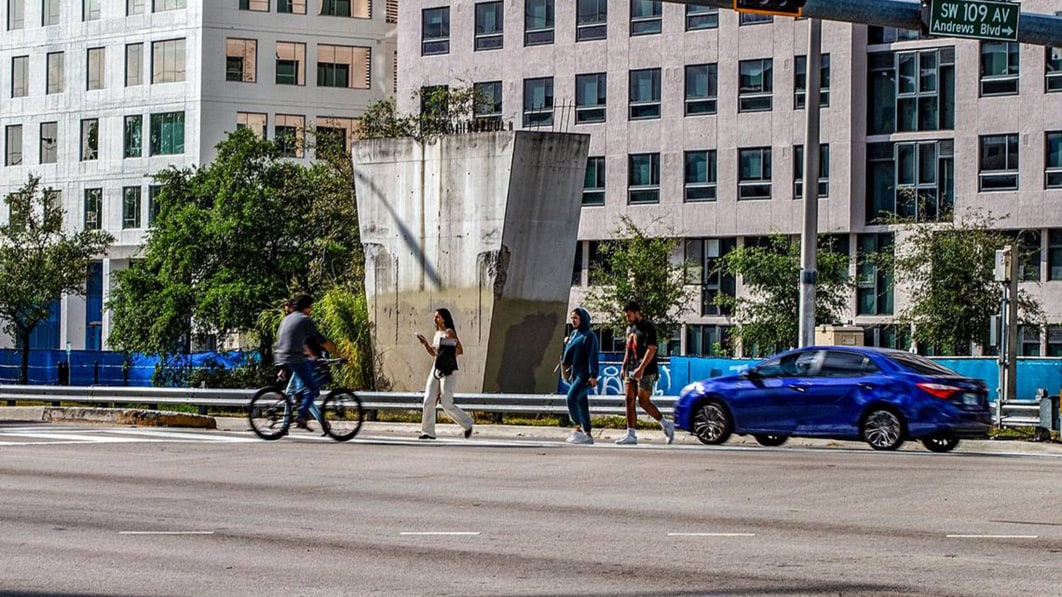
The Governors Highway Safety Association (GHSA) is a nonprofit that calls itself “The States’ Voice on Highway Safety,” annually releasing a data and reports about what’s happening on U.S. roads. This year’s report on preliminary data for pedestrian deaths in 2022 is not good news. According to early GHSA figures for 49 states and Washington, D.C., 7,508 pedestrians died last year after being hit by vehicles. The true number is undoubtedly higher, though, because Oklahoma wasn’t able to submit its information due to a technical issue; that state has averaged 92 deaths over the past few years. Even as it stands, there haven’t been that many pedestrian fatalities in the U.S. since 1981.
The GHSA uses slightly different metrics than the U.S. government’s National Highway Transportation Safety Administration (NHTSA). The GHSA, for instance, counts as a fatality when a struck pedestrian dies within 30 days of the incident. The NHTSA does not. The two organizations’ figures are usually close, though. For 2021, NHTSA data showed
Worse, data sets from both organizations show the number has been rising since 2010, when NHTSA figures put the number of de aths at 4,302. Motorcyclists and cyclists are also enduring an uptick in traffic fatalities; however, the surge for pedestrians represents a 77% increase in the past 13 years, whereas the overall rise for other kinds of traffic fatalities is 25%. Even when driving miles decreased greatly in 2020, pedestrian deaths rose 4.7%